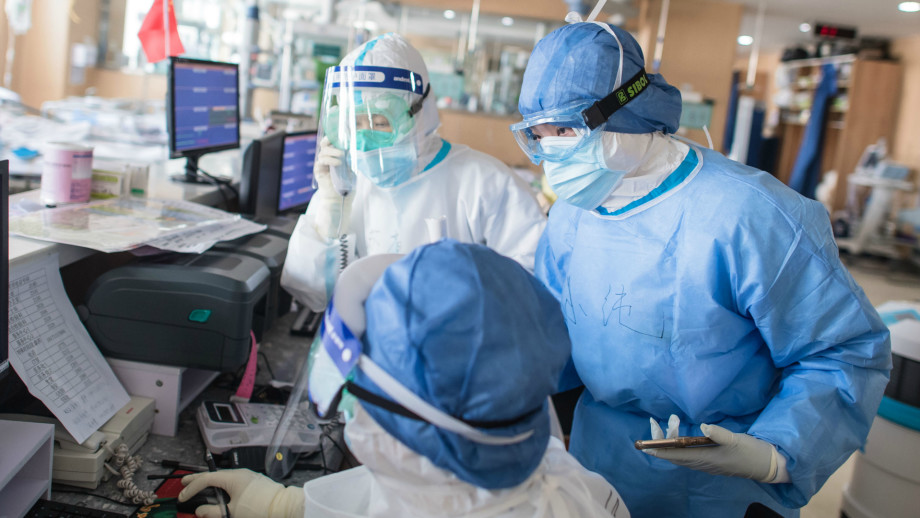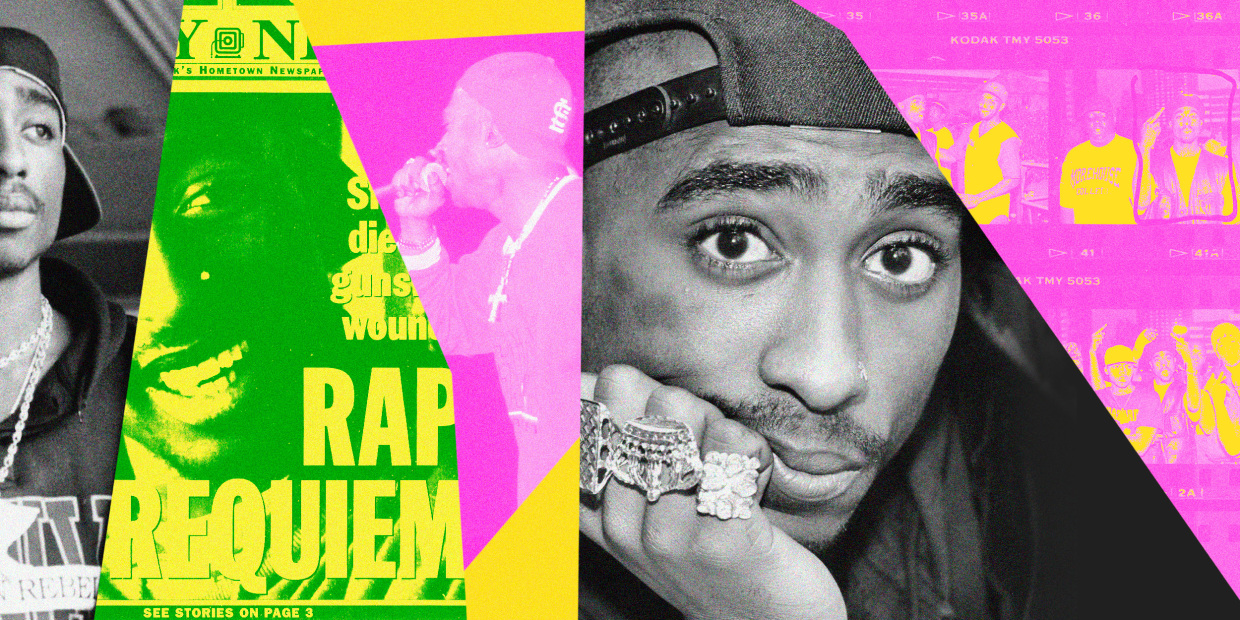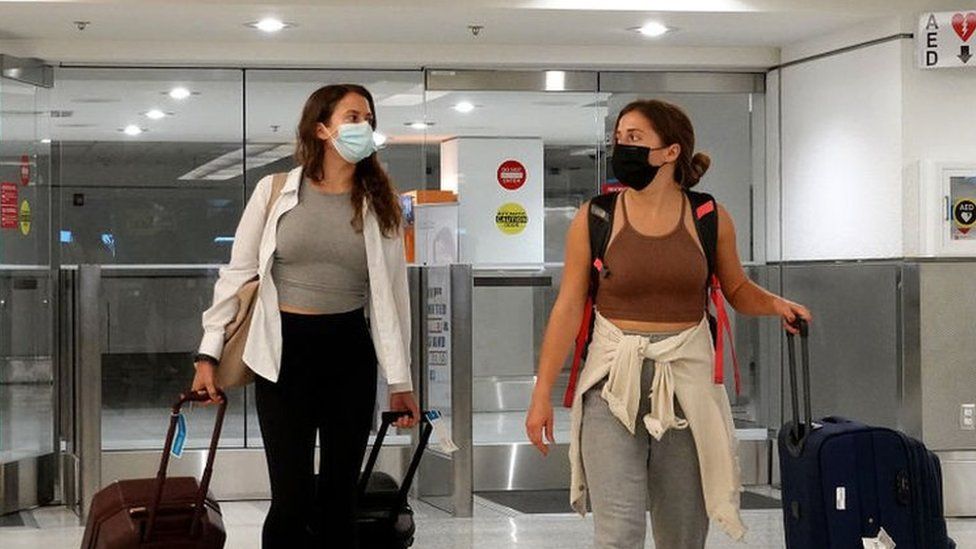This article is more than
4 year oldCoronavirus Outbreak: What We Know About the Viral Threat

The deadly Wuhan coronavirus has claimed over 2,800 lives and more than 84,000 people have been diagnosed with the virus around the globe as of Friday. At least 56 countries have been impacted. The death toll for the virus has officially eclipsed that of the severe acute respiratory syndrome (SARS) outbreak in 2002.
At the time of this writing, 60 U.S.-based cases of the virus have been confirmed. Canadian health officials confirmed on Monday that 11 people in the country have been diagnosed. South Korea has seen a rise in coronavirus cases with 1,100 being reported, marking the largest outbreak of the virus outside of China.
On Wednesday, health officials in Nassau County, New York, announced they were monitoring 83 residents who were potentially exposed to the virus. The individuals agreed to be quarantined for two weeks, beginning from the date they were last in China or had contact with someone who was infected with coronavirus.
"We check in with them every day for their temperature," Nassau County Health Commissioner Lawrence Eisenstein told reporters Wednesday. "We deliver a thermometer to them if they don't have one handy. We take care of making sure they do that. They are in communicating with us and we are communicating with them."
Also on Wednesday, the CDC confirmed the possibility of a person from California contracting the virus by community spread, the New York Times reported. The person is said to have not traveled to any country in which the virus is present or been exposed to anyone who has the virus.
"At this point, the patient’s exposure is unknown," the CDC said in a statement, per NYT. "The case was detected through the U.S. public health system and picked up by astute clinicians."
In a move that was criticized, President Donald Trump, not heeding calls to appoint an outside expert, has put Vice President Mike Pence in charge of a task force to stop the spread of the coronavirus. Indiana's Scott County saw an HIV outbreak while Pence was governor. Public health experts have said the outbreak, which impacted around 200 people, was preventable.
.@VP will lead the Administration's efforts to protect the American people from the spread of coronavirus. pic.twitter.com/09n5erHaHP
— The White House (@WhiteHouse) February 27, 2020
As international concern surrounding the virus continues to rise, we take a look below at how this all started and what's currently being done in an effort to prevent further spreading of the resulting infection that's now being said to potentially be "much more contagious" than initially believed.
What is the coronavirus?
The Centers for Disease Control and Prevention (CDC) says the 2019 novel coronavirus (2019-nCoV) is a virus "identified as the cause of an outbreak of respiratory illness first detected in Wuhan, China."
Many of the initial patients in the Wuhan outbreak had signs suggesting an animal-to-person spread, though subsequent patients have had no such exposure. This indicates a person-to-person spread, says the CDC, who added in their rundown on the coronavirus that they've determined it's still "unclear how easily or sustainably" the virus is spreading.
Symptoms can include fever, cough, and shortness of breath. The symptoms may start to manifest within as little as two days (or as far out as 14 days) from exposure.
How does it spread?
As touched on above, this virus is widely believed to have started via animal-to-person transmission, though that has since grown to person-to-person. The CDC says person-to-person spreading can occur "on a continuum," adding that it's still not clear how easily 2019-nCoV can be spread in this manner:
When person-to-person spread has occurred with MERS and SARS, it is thought to have happened mainly via respiratory droplets produced when an infected person coughs or sneezes, similar to how influenza and other respiratory pathogens spread
Health officials have confirmed an estimated 81,027 cases of the virus worldwide, with the current death toll at 2,764. On Wednesday, WHO Director-General Tedros Adhanom Ghebreyesus announced the virus had spread to 37 countries, with a total of 2,790 confirmed coronavirus cases and 44 deaths outside of China.
"Yesterday, the number of new cases reported outside China exceeded the number of new cases in China for the first time," Ghebreyesus said. "The sudden increases of cases in Italy, the Islamic Republic of Iran and the Republic of Korea are deeply concerning. There are now cases linked to Iran in Bahrain, Iraq, Kuwait and Oman. There are now cases linked to Italy in Algeria, Austria, Croatia, Germany, Spain and Switzerland."
Li Wenliang, described by CNN as "the Chinese whistleblower doctor" who first warned of a possible "SARS-like" disease late last year, was reported in February to have died of coronavirus in Wuhan.
We are deeply saddened by the passing of Dr Li Wenliang. We all need to celebrate work that he did on #2019nCoV - @DrMikeRyan
— World Health Organization (WHO) (@WHO) February 6, 2020
Unfortunately, some online have taken fast to xenophobic or otherwise offensive comments about foreign delicacies as the coronavirus story takes shape. As the Daily Dot noted this week, Chinese blogger Wang Mengyun recently issued an apology for eating a bat in a 2016-era video that has since resurfaced. She also pointed out that the clip in question was not filmed in Wuhan.
How have political leaders and others reacted?
The U.S., France, and other countries are actively attempting to get their citizens out of Wuhan, where only specially permitted vehicles are currently allowed. This week, Trump—who, unfortunately, remains the POTUS—said his administration had been in "close communication" with officials in China. Furthermore, Trump said via Twitter, the U.S. is "strongly on watch" with experts he deemed "extraordinary."
However, as Vin Gupta (an assistant professor of pulmonary and critical care medicine at the University of Washington) explained in a recent NBC News op-ed, the Trump administration has actually placed the U.S. emergency response infrastructure at risk.
Gupta points out that the current response system was put in place during the Obama era following the Ebola virus reaching the U.S. in September 2014. While this system currently "operates so seamlessly that it often goes unnoticed," Congress is now weighing the option to institute a "far more scaled-down version" that Gupta says isn't as comprehensive. Instead, if implemented, it would focus on maintaining "only a few" advanced care facilities across the country with the ability to administer coronavirus treatment to patients in scenarios like this.
"This reduction in preparedness makes no sense and puts Americans needlessly at risk," Gupta said.
What’s being done?
Earlier this month, the World Health Organization sent a team of international experts to China to help contain the outbreak, according to CNN. This "advance team" is set to "lay the groundwork for larger international team" who will accompany them in the country ASAP, WHO chief Tedros Adhanom Ghebreyesus said.
The CDC instead recommends avoiding exposure to the virus while also practicing general preventive measures in everyday life including hand-washing, refraining from touching one’s eyes and nose and mouth with unwashed hands, isolation when sick, covering one's mouth when coughing, etc. Travelers, meanwhile, are being urged to avoid "all nonessential travel" to China.
And in China, disinfecting stations and a "disinfectant tunnel" have started popping up as part of an effort to prevent further spreading.
Disinfecting stations springing up in China amid coronavirus outbreak. https://t.co/Ujs5B4kNrx pic.twitter.com/YJBYcOmowt
— ABC News (@ABC) February 12, 2020
Stateside, the CDC is actively monitoring the virus and is working with a variety of state, local, and international partners to battle further spreading. A 2019-nCoV Incident Management Structure was launched on Jan. 7, followed on Jan. 21 by the activation of the agency's Emergency Response System. The World Health Organization is also involved.
On February 11, the WHO and the UN health body announced that the virus has been renamed to COVID-19.
"On Thursday I will travel to Kinshasa, #DRC for meetings with the President and other senior ministers to look beyond #Ebola, and sketch out ways to strengthen DRC’s health system"-@DrTedros #HealthForAll
— World Health Organization (WHO) (@WHO) February 11, 2020
The WHO says the new name "purposefully avoids references to a place or groups of people, to help fight stigma."
On Friday, February 28, WHO upgraded the global risk designation of coronavirus from "high" to "very high." WHO's Director-General Tedros Adhanom Ghebreyesus also shared tips to help push back against the virus' spread such as washing your hands regularly and not traveling while sick.
"Containment starts with you."
— ABC News (@ABC) February 28, 2020
WHO director-general outlines 10 ways you can guard against the spread of the novel coronavirus COVID-19. https://t.co/8kVnn8rDl9 pic.twitter.com/vyywZE82rH
For the CDC's extended guide on the 2019 novel coronavirus, click here.
Keywords
Newer articles
<p>Ukraine has begun using longer-range ballistic missiles against Russia that were secretly provided by the US, American officials have confirmed.</p>
China warns relations with US could slip into ‘downward spiral’ if red lines crossed
King’s Funeral Plans Dusted Off—as Health Remains a Mystery
KANYE WEST PLANS TO LAUNCH 'YEEZY PORN' ... Could Be Coming Soon!!!
Megan Thee Stallion’s Ex-Makeup Guru Talks. It’s Not Pretty.
Here’s why Iran decided not to attack Israel again
Trump lawyer tells SCOTUS that president could have immunity after ordering military to assassinate a political rival
Can Zendaya make the leap from tween idol to Hollywood heavyweight?
Bill Maher's audience roars with laughter after he mocks Don Lemon to his face
MAJOR ANNOUNCEMENT: Buck Palace updates on King Charles’ condition




